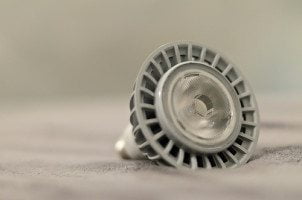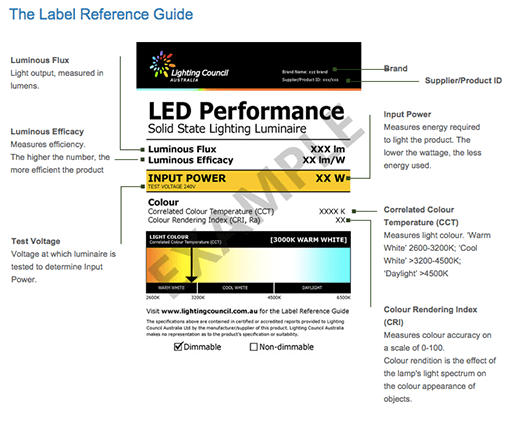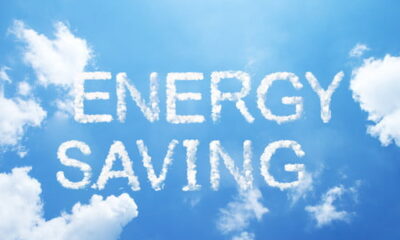

Energy
7 Considerations to keep in mind when purchasing commercial LEDs
LEDs play a huge role in most forms of commercial lighting. Traditional lighting solutions have accounted for up to 40% of electricity overhead costs for commercial premises. Businesses are starting to realize the energy and cost savings that can be gained by switching to LED lights. Choosing the right supplier will maximize cost savings for the business over the long-term. More often than not, choosing the cheapest in the short-term will cost more over the long-term. The team from LEDified has provided a simple guide for business managers to help them choose the right LED lighting supplier.
Check that the electrical product is marked correctly.
It is illegal for suppliers to place an electrical product in the Australian market with no marking. The products must meet the minimum standard of electrical safety, which is set by the Electrical Regulatory Authorities Council.
Furthermore, all LED lights need to be checked for EMC (Electromagnetic compatibility) to minimize disturbances associated with:
- Conducted (continuous and intermittent) radio frequency
- Radiated radio frequency disturbance.
Check the product’s marking for the correct voltage, RCM and branding.
Understand how LED lights consume energy.
The light circuit power (LCP) refers to the total input power of a luminaire consumed by the LED. The total light output of a luminaire is measured in lumens. Business managers need to understand the luminous efficacy, which is a measure of how efficiently a luminaire uses power to produce usable visible light and is expressed using the ratio lumens/Watt (lm/W). The higher the lm/W, the more efficient the luminaire will be.
Light distribution from the luminaire should also meet the requirements for the desired space. In addition to selecting the right LED light products, it is also important to work with a lighting designer that can advise you on the best lighting solutions for your commercial space.
Does the lighting product carry the SSL quality scheme label?
Validate the performance claims of suppliers by checking labels (referred to as the Solid State Lighting Scheme) issued by Lighting Council Australia. The key performance indicators that commercial managers should assess include:
- The energy efficiency of the LED.
- The light output of the LED.
- The colour temperature of the LED.
- The colour rendering index.
- The dimmability of the LED.

You can see full details of the label here.
Has the luminaire been registered with an approved state or national government rebate scheme?
As a part of Australia’s efforts to cut carbon emissions by 2020, state governments are helping commercial premises to switch to energy efficient lighting solutions through special offers and discounts. Examples of the scheme include VEET from the Victorian government and ESS from the New South Wales government.
Estimate how long the lights will last.
LED lights last about 20 times longer than halogen downlights. However the durability of the light will depend on lumen maintenance, which measures its decay to the point of 70% of its initial light output. Although some products may express shelf-life as a large number (E.g. 50,000 hours), the lumen maintenance is ultimately calculated from the LM-80 results and a TM-21 report.
Choose the right light colour.
Different LED lighting products can emit different colours. Business managers are urged to request a copy of the LM-79 test report or SSL label to determine the emitted colour from the light. A colour-rendering index (CRI) of 80 or higher is used for more indoor setups.
Understand the component compatibility.
Not all LEDs are compatible with all lighting components. LEDs that aren’t suited for dimming or switches could cause failures and even fires. It is important to verify the product’s features, operations and compatibility.
Choosing the right LED solution can save commercial premises hundreds or thousands of dollars from their utility overheads. However, a wrongly installed solution could set the business back thousands of dollars in additional costs. Consult with experts that can advise the best solution for the commercial premise.
By Tom Rutherford, Marketing Manager, LEDified Lighting Corporation


 Environment10 months ago
Environment10 months agoAre Polymer Banknotes: an Eco-Friendly Trend or a Groundswell?

 Environment11 months ago
Environment11 months agoEco-Friendly Home Improvements: Top 7 Upgrades for 2025

 Features9 months ago
Features9 months agoEco-Friendly Cryptocurrencies: Sustainable Investment Choices

 Features10 months ago
Features10 months agoEco-Friendly Crypto Traders Must Find the Right Exchange





























